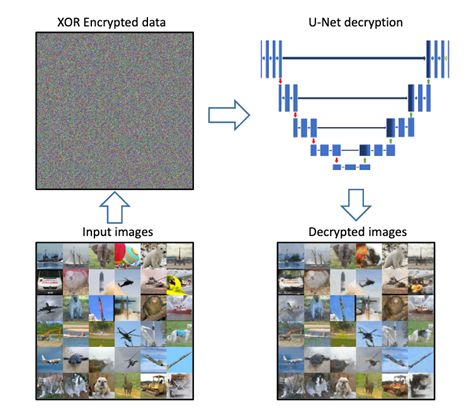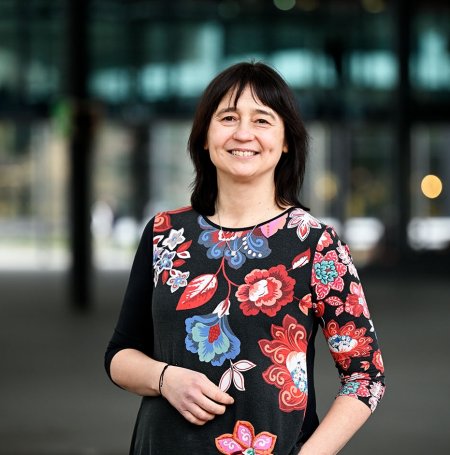back to list

Project: Tools for assessing the generalization capabilities of U-Net models
Description

The U-Net model, introduced in 2015 by Ronneberger et al. [1], is one of the most successful deep learning models. It allows to efficiently and effectively process an input image into an output which can be drastically different. It has been used for image segmentation, pixel-wise classification, as well as several image enhancement techniques such as denoising, super resolution and artifact removal.
Understanding in which regime the U-Net is operating is crucial for the reliability of the model; if it is operating in an undesired regime, architectural changes can be made to shift the computations to the opposite one.
However, the distributed nature of the model, due to the skip connections, makes it difficult to effectively apply explainable AI approaches to solve this task. In this master project, solutions to understand in which regime the U-Net is operating will be explored and developed.
We expect the solutions to be a combination of Visual Analytics, Dimensionality-Reduction and Model Optimization approaches. We plan to demonstrate the solution on natural and medical images, and for encryption and denoising tasks.
More details about this project can be found in the detailed description PDF below.
Details
- Student
-
CNClaudiu-Teodor Nohai
- Supervisor
-
 Anna Vilanova
Anna Vilanova
- Secondary supervisor
-
NPNicola Pezzotti, Vidya Prasad
- Link
- Thesis